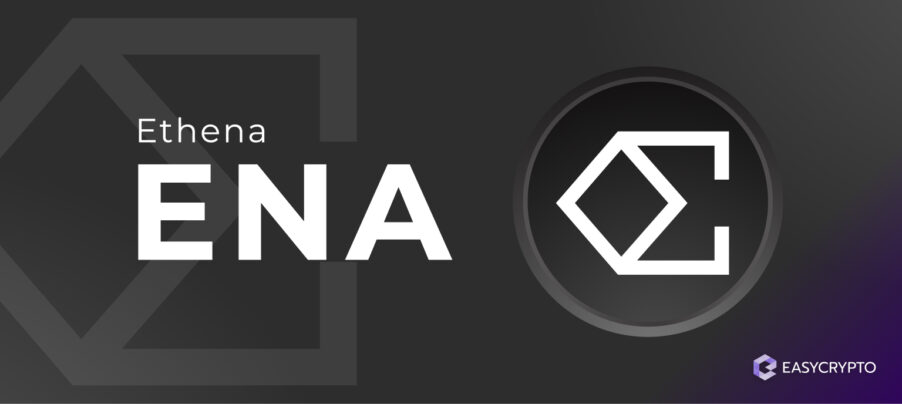Is Bitcoin Real Money? A closer look into BTC as a currency
While cryptocurrencies are getting popular these days, people also continue to ask is Bitcoin really money? Is it a currency? Find out more.
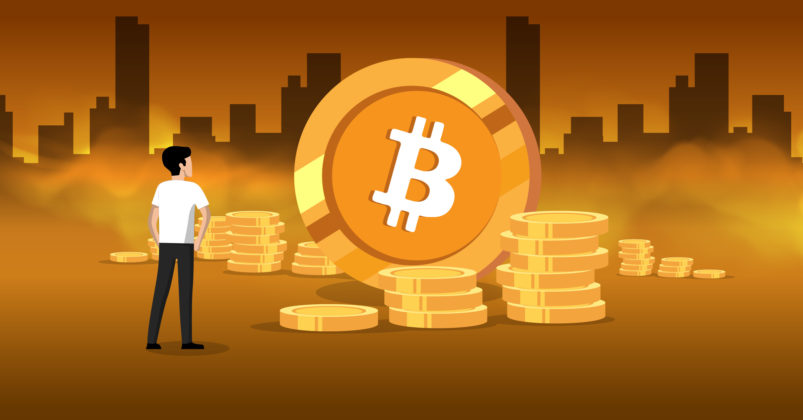

I confess that when I was deciding on my first Bitcoin investment, I too, was worried and anxious when confronted with the question “Is Bitcoin money?”. Earlier that day, my risk-adverse husband asked if “Bitcoin’s value is as good as what someone else will pay for it?”
His question really triggered a mixed emotion within me — on the one hand, I was curious as to what gives Bitcoin its value. But on the other, it made me question the unquestionable — what gives fiat money its value too?
Check the latest rates: Click here to see the latest Bitcoin prices with our live tracker!
Why do currencies have value?
Currency is deemed usable if it stores wealth. It is a reliable means of maintaining a relative value over time without depreciating.
From squirrel pelts being a common currency during medieval Russia to salt being paid as salary to Roman legionnaires, what is deemed as a currency has always changed with time and socio-context dependent. Whatever commodities were used as currency at a given point of time, there was a consensus and trust that the currency is:
- A means of exchange
- A store of value
- A unit of account
However, as societies flourished and civilizations grew, we shifted towards a reliance on the minted currency. Minted currencies made with precious metal were deemed to have a long shelf-life and had a reputation of having a reduced risk of depreciation. An example of such minted currencies is gold.
In the modern age, minted currencies are often issued out in the form of paper money. However, prior to the 1970s (and 1930s for Britain), paper money was being issued in accordance with the gold standard. The gold standard was a monetary system where a country’s paper money has a value directly linked to gold.
This means that the paper currency issued by a government or central bank needs to be convertible to a fixed amount of gold. The country that uses this gold standard sets a fixed price for gold and buys and sells gold at that price; this fixed price, in turn, determines the value of the paper currency.
The purpose of such a monetary system was to control the issuance of money, with gold acting as a limit to that issuance thereby minimising inflation.

When the New Zealand dollar (NZD) was introduced in 1967, it was initially pegged against the United States Dollar (USD). Hence, when Nixon severed the direct convertibility of USD into gold in 1971, the NZD, like many other international currencies, lost its formal connection to gold.
Since then, NZD like many other international currencies, became increasingly reliant on the dollar, especially after the Bretton Woods Agreement. It was also during this time, the terminology of ‘fiat currency’ was born.
Fiat currency or fiat money is a government-issued currency that is not backed by physical commodity (such as gold), but rather, by the government entity that issued it. The value of fiat money is determined by the relationship between the supply and demand of the fiat currency, and the stability of the issuing government.
In other words, it is the faith members of society have that sustains the usability and exchangeability of fiat currencies. The NZD is fiat currency.
How does Bitcoin fulfill the role of a currency?
There has been a lot of talk about how Bitcoin offers an alternative means of transferring money over the internet — one that is decentralised and has a transparent set of rules. However, does Bitcoin fulfill the fundamental characteristics of what constitutes money? Let’s have a close look at each criterion.
Bitcoin as a means of exchange
A friend of mine recently purchased some gold through an exchange, and on the exchange website it states: “Bitcoin accepted”. There have been a few instances now where real estate vendors were open to accepting Bitcoin as a means of currency upon the settlement of a house sale in New Zealand.
And one of our neighbouring countries, Vanuatu, is even open to accepting Bitcoin as a form of investment for their citizenship pathway. Without a doubt, Bitcoin being a means of exchange is apparent. Furthermore, Bitcoin transactions are irreversible, this means you cannot bounce a Bitcoin or charge-back a Bitcoin.
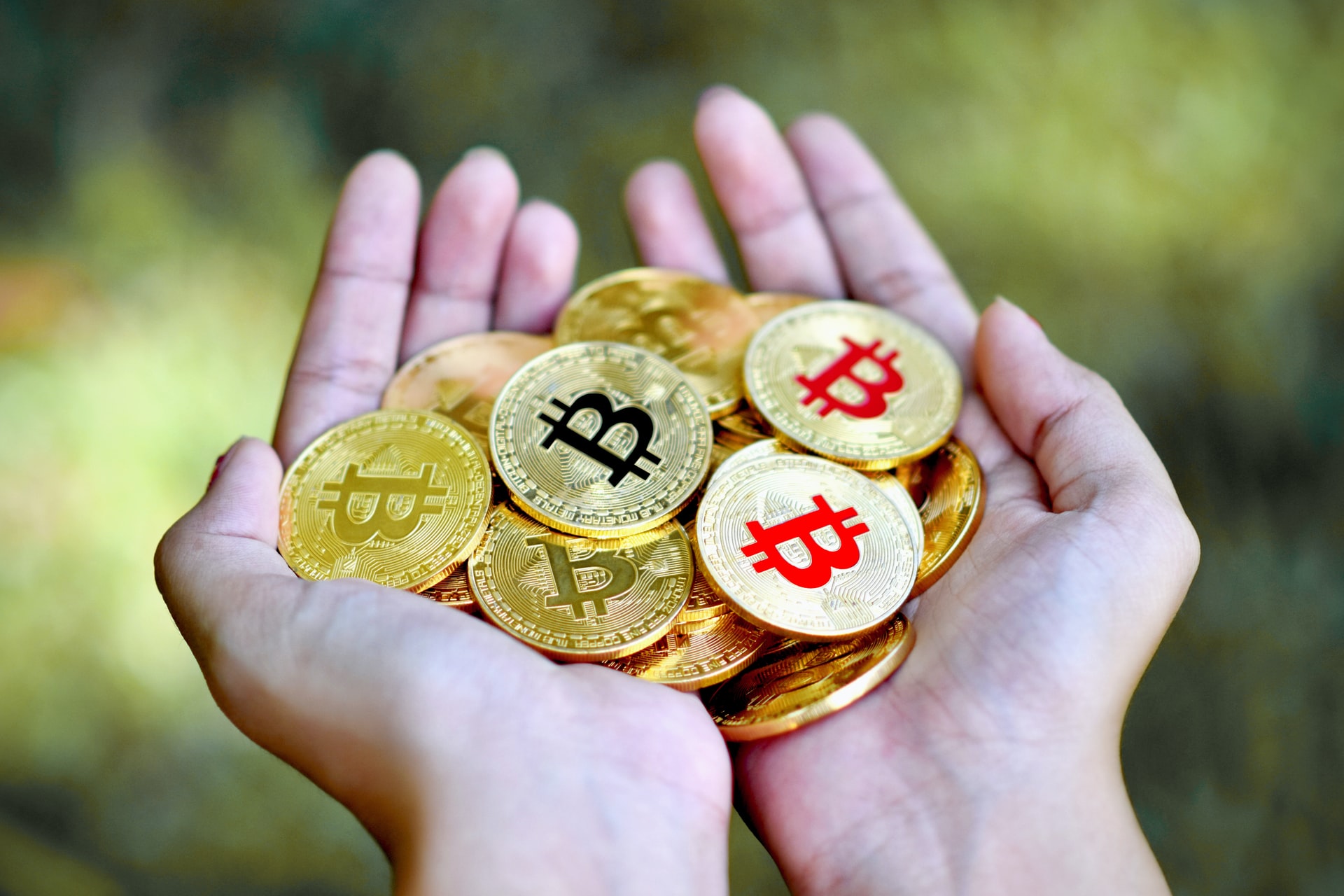
Bitcoin as a store of value
One upon a time, a Japanese One Yen used to be an actual gold coin, and so the argument that Bitcoin is not a store of value because it was once worth close to USD $20,000 but is now trading at USD $11,700 is rather irrelevant.
Looking at fiat money, we ask the same question, is then, fiat money a good store of wealth? Well, not especially, considering factors such as inflation, the NZD is seemingly weaker after each financial crisis. Perhaps, Bitcoin being only 12 years young, is similar to any currencies — it goes up it goes down. Although I admit, it is rather volatile.
To be fair, there is no money whose value does not oscillate as a store of wealth and bitcoin is no different. However, there is one trend that is evident — that the price of Bitcoin has made higher lows (i.e. overtime its lowest value is still higher than the previous value).
Bitcoin as a ‘unit of account’
What a ‘unit of account’ means that a currency is used to denominate the value of commodities, services, assets and other items in a market. By and large, merchants have chosen to price their products in fiat currencies such as the US dollar, even when they accept Bitcoin and other cryptocurrencies for payment.
However, this is starting to change with time. We can, for example, purchase other crypto assets using Bitcoin; these digital assets are priced using Bitcoin.
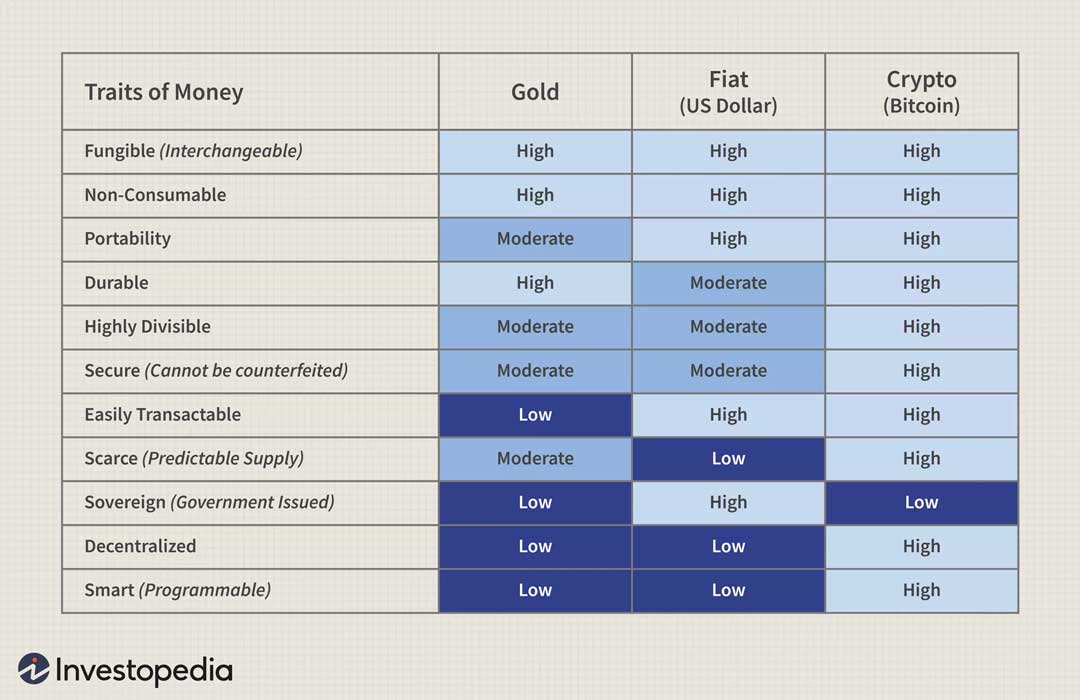
Source: Investopedia
What is Bitcoin and how does it work? Click here to read our complete guide on Bitcoin.
Characteristics of a good currency
Aside from the three fundamental qualities – a means of exchange, store of value or a unit of account, a successful currency must also meet qualifications. Let’s look at these qualities one at a time:
Scarcity
The supply of a currency has a direct impact on the currency’s value. A money supply that is too large could cause prices of goods to spike. A money supply that is too small can also cause economic problems such as the lack of credit.
In the case of fiat currencies, most governments around the world continue to print money as a means of controlling scarcity. Many governments operate with a preset amount of inflation which serves to drive the value of the fiat currency down. In New Zealand, the Reserve Bank sets this inflation target.
Bitcoin, on the other hand, is much more scarce. When Bitcoin was launched in 2009, its protocol was designed in such a way that the supply of Bitcoins will be capped at 21 million.
To give some context, the current supply of Bitcoin is around 18 million, the rate at which Bitcoin is released decreases by half roughly every four years — this is known as the “Bitcoin Halving”.
Diversability
A good currency must be divisible into smaller incremental units. In order for a currency system to function as a medium of exchange across all types of goods and values within an economy, it must have the flexibility associated with this divisibility.
Fortunately, Bitcoin is divisible up to 8 decimal points. The smallest unit, equal to 0.00000001 Bitcoin, is known as a “Satoshi“; the pseudonym of Bitcoin’s mysterious developer(s).
Utility
A primary reason why currencies were developed in the first place was to ensure that participants in a market could avoid having to barter directly for goods. A good currency, therefore, ensures that individuals are able to reliably trade units of a currency for goods and services.
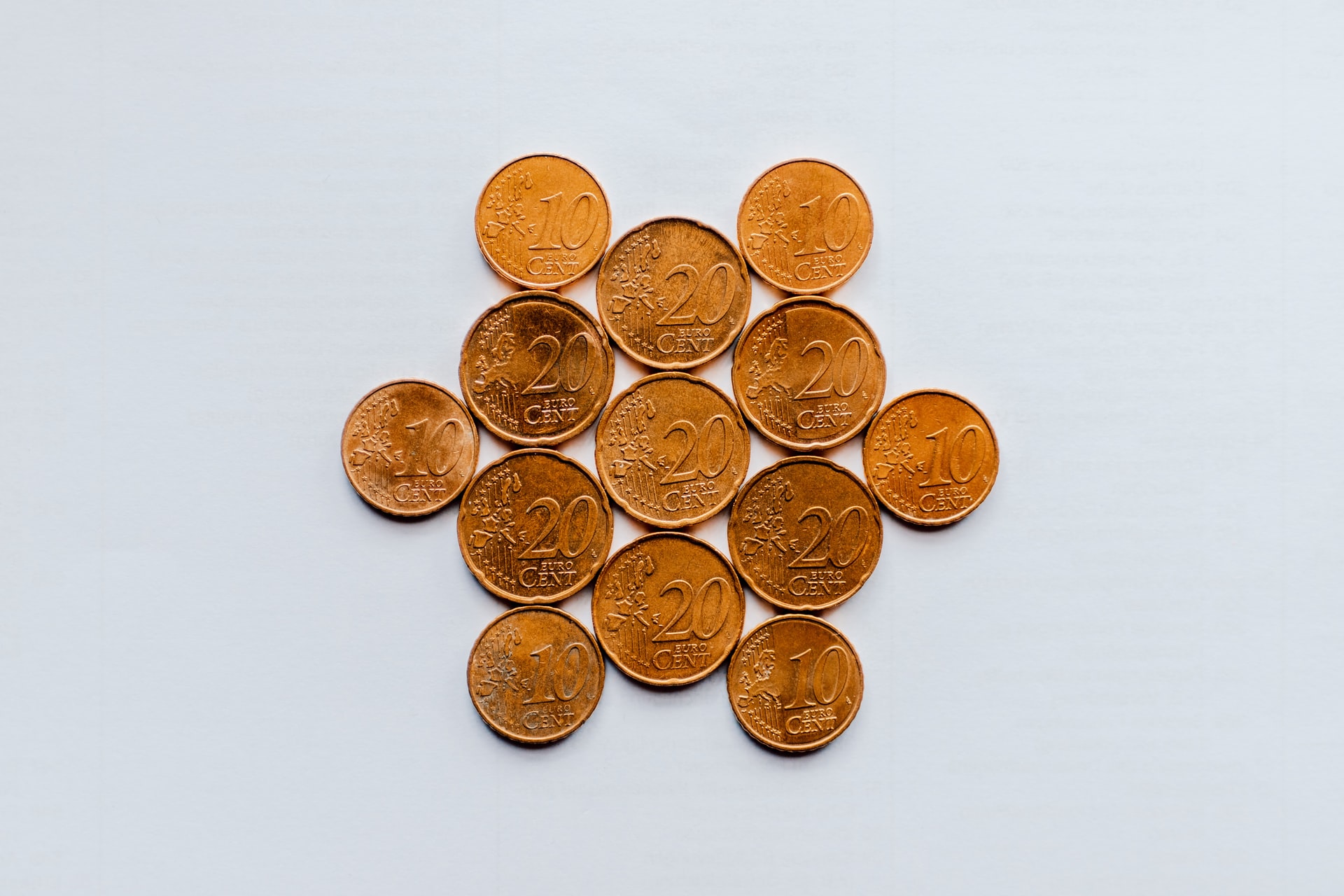
One of the biggest advantages of Bitcoin is its use of blockchain technology. Blockchain is a distributed ledger system that is decentralised and trustless, meaning that no individual participating in the Bitcoin market needs to establish trust in one another in order for the system to work properly.
This is possible thanks to an elaborate system of checks and verifications which is central to the maintenance of the ledger and to the mining of new Bitcoins. This flexibility of blockchain technology means that Bitcoin has utility even beyond the cryptocurrency market.
Learn more: Click here to read our simple guide on blockchain technology.
Transportability
Currencies must be easily transferred between participants in an economy in order to be useful. In fiat money, this means that the currency is transferable within a particular country’s economy as well as between nations via exchanges.
The process of transferring money in the current system, such as SWIFT through the banks, can take days at a time and incur sizable fees. Bitcoin, however, is transferable between parties within minutes, regardless of the size of the transaction with very low costs.
Durability
To be durable means that the currency is made out of materials that cannot be easily mutilated, damaged, or destroyed, or degraded over time to the point of being unusable. Durability is a common issue for fiat money in its physical form. For example, an NZD bill, while sturdy, can still be torn, or burned. Bitcoin is not susceptible to these physical harms in the same way since it is digitised.
Counterfeitability
A currency must be difficult to counterfeit in order to remain effective. If not, malicious parties could easily disrupt the currency system by flooding the market with fake currencies.
Thanks to the complicated, decentralized blockchain ledger system, Bitcoin is incredibly difficult to counterfeit. Doing so would essentially require confusing all participants in the Bitcoin network; however since the network is an open, peer-to-peer network, it will be almost impossible to pull such a heist off.
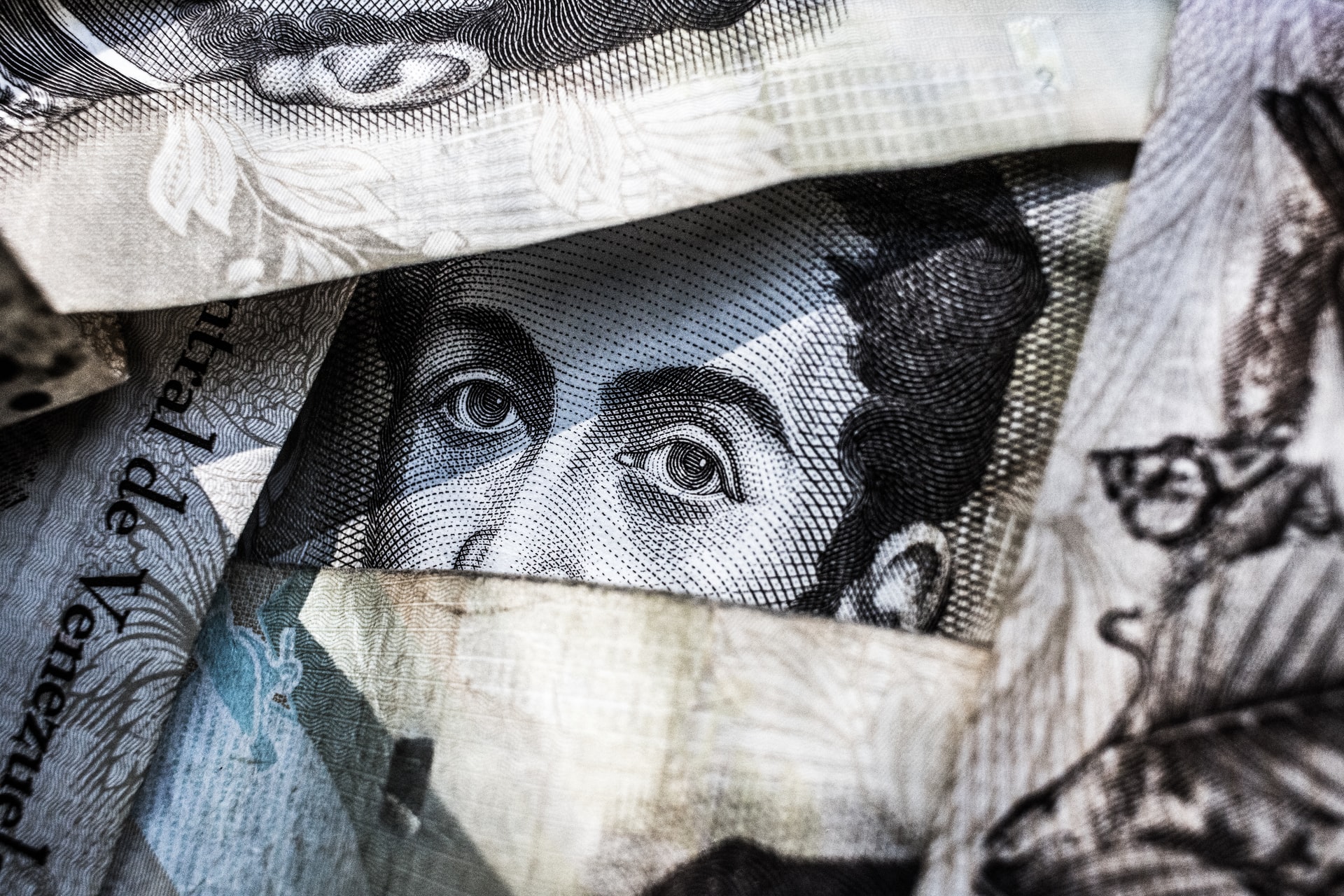
The only way that one would be able to create a counterfeit Bitcoin will be through the execution of a ‘double spend’. Double spend refers to a situation where a Bitcoin holder “spends” or transfers the same Bitcoin in two or more separate settings, effectively creating a duplicate record.
While this is not a problem with fiat money, where technically it is impossible to spend the same dollar bill in two or more separate transactions — it is theoretically possible with digital currencies.
However, what makes a double-spend unlikely for Bitcoin is its network size. To pull off a double spend, we will need a so-called 51% attack, in which a group of Bitcoin miners theoretically control more than half of all network power.
By controlling a majority of all network power, this group could dominate the remainder of the network to falsify records. However, such an attack on Bitcoin would require an overwhelming amount of effort, money, and computing power, thereby rendering the possibility extremely unlikely.
Conclusion: Is Bitcoin real money?
It is apparent that Bitcoin fulfills all of the characteristics of what qualifies as money. However, Bitcoin’s primary value is not only based on these qualities. Bitcoin is also an immutable digital ledger. There is an underlying tangible software and hardware network that renders Bitcoin a sustainable, secure, reliable, and resilient asset.
Bitcoin cannot be un-invested, and Bitcoin is here to stay as long as the internet thrives. What Bitcoin showed us was an alternative to the current fiat monetary system – one that will hopefully tackle the problems that inflation brings.
Don’t miss out: Click here to buy Bitcoin today!
Whether one views Bitcoin as an immutable digital ledger or a resilient software network with hardware infrastructure, Bitcoin can be described to have a ‘commodity’ component of value.
With that said, feel free to explore other articles about all things crypto on the learn page at Easy Crypto.
And don’t forget to sign up for our newsletter to have the latest news and insights on all things crypto delivered to your inbox!
Share to
Stay curious and informed
Your info will be handled according to our Privacy Policy.
Make sure to follow our Twitter, Instagram, and YouTube channel to stay up-to-date with Easy Crypto!
Also, don’t forget to subscribe to our monthly newsletter to have the latest crypto insights, news, and updates delivered to our inbox.
Disclaimer: Information is current as at the date of publication. This is general information only and is not intended to be advice. Crypto is volatile, carries risk and the value can go up and down. Past performance is not an indicator of future returns. Please do your own research.
Last updated February 18, 2025




